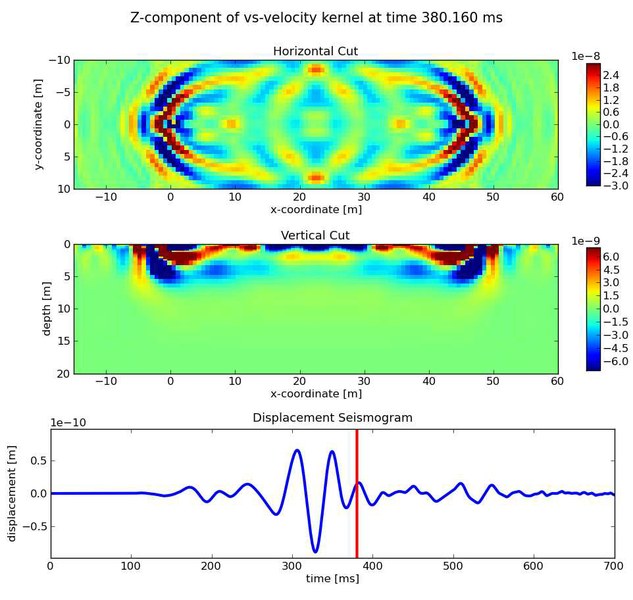ASKI
-
Author:
Florian Schumacher
- It is a highly modularized program suite for sensitivity analysis and iterative full waveform inversion using waveform sensitivity kernels for 1D or 3D heterogeneous elastic background media and makes use of different forward modelling codes.
ASKI
Project Description
ASKI stands for Analysis of Sensitivity and Kernel Inversion.The program package consists of numerous binary programs and scripts mainly written in Fortran (90 and later) and Python.
It comes with support for several forward modelling codes for both, 1D and 3D background media in spherical and Cartesian framework, at the moment SPECFEM3D, SPECFEM3D GLOBE and Gemini. The methods compute the seismic wavefields and strains throughout the volume of interest and write them to file.
Using the wavefields, waveform sensitivity kernels are computed form Born scattering theory and written to file. The kernels are integrated onto a volumetric inversion grid, which is kept separate from the forward grid. All quantities living on inversion or forward grid can be additionally written to vtk files and plotted with any tool supporting the vtk format, such as Paraview ![]() .
.
The waveform sensitivity kernels may be used for many purposes.
A full waveform inversion procedure is realized by setting up a linear system of equations using the sensitivity kernel matrix to relate model update with data residuals, optionally adding Laplace smoothing. This (usually overdetermined) linear system is solved using LAPACK libraries. As this step is relatively cheap compared with wavefield and kernel computation it may be repeated several times altering data and model space as well as smoothing conditions.
As the sensitivity matrix is explicitely assembled, you can compute a complete singular value decomposition of it and use it to analyze optimal acquisition layouts subject to concentrating sensitivity to some certain subvolume.

